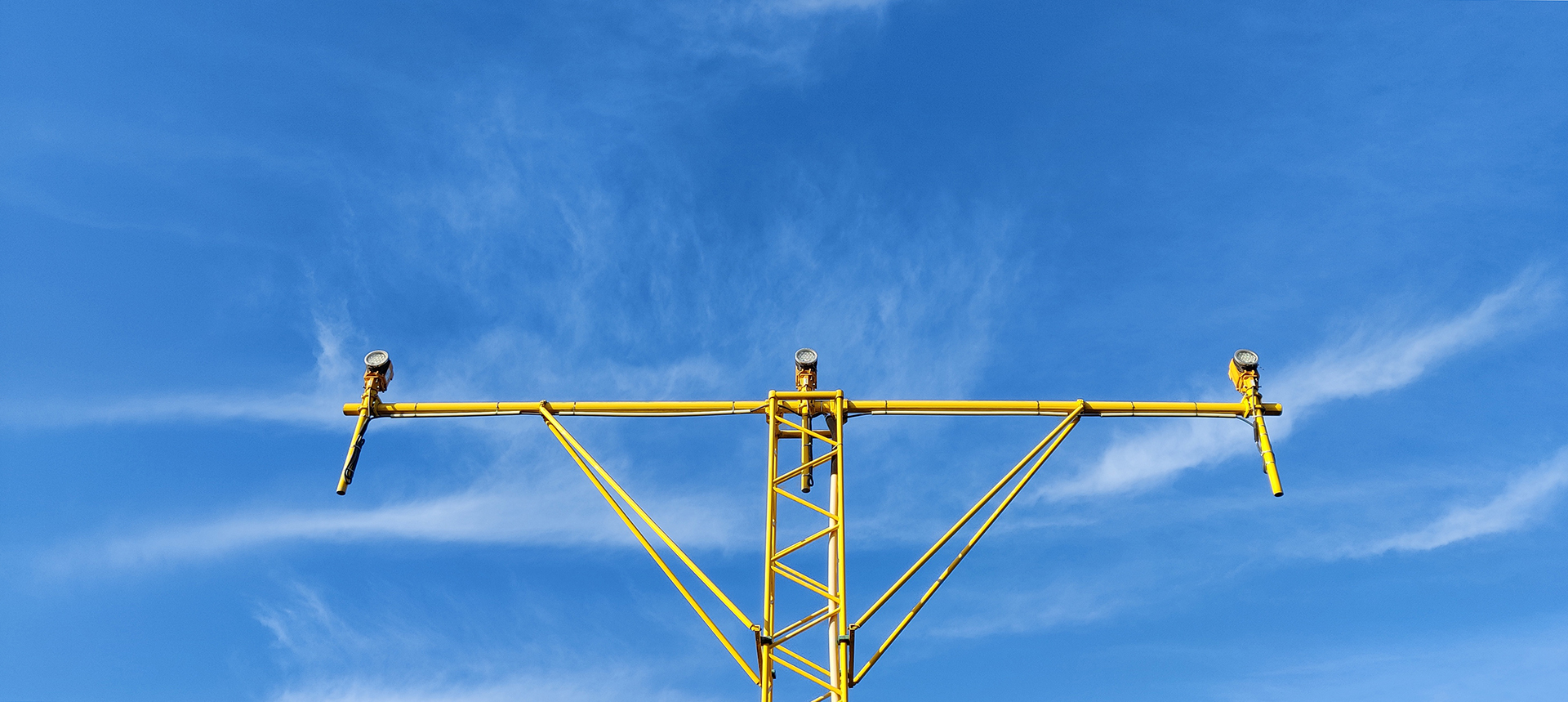Past accidents have illustrated the threat that exists from external fuel pool fires penetrating into the passenger cabin following post crash rupture of the aircraft fuel tanks. Research has shown that the aircraft's aluminium skin currently offers little opportunity for fire hardening, and hence the focus of the research work has been centred on extending the burnthrough resistance of the thermal acoustic insulation systems. Testing has indicated that modifying, or replacing, fibreglass insulation systems with other currently available materials, can achieve appreciable gains in burnthrough resistance. By using thermal acoustic insulation systems having the appropriate fire resistant properties, which are installed in controlled and consistent manner, the onset of fire penetration into the passenger cabin can be significantly delayed thus improving occupant evacuation capability. The accident to the Swiss Air MD11 has focused attention on the flammability characteristics of thermal acoustic liners. The FAA issued Notice of Proposed Rulemaking (NPRM) in the autumn of 2000 addressing both the burnthrough and flammability characteristics of insulation materials. The development work carried out on the Darchem Flare Burnthrough rig over the past seven years has demonstrated its capability of representing ground pool fires. The test work required to support the NPRM is being conducted jointly by the FAA and the CAA; the FAA concentrating on the development of materials test and the CAA, using the Darchem Flare facility, investigating the criticality of the installation aspects of thermal acoustic liners.
- Status:
- Current
- Review comment:
- -
- Version:
- 1
- Version date:
- 27-Jul-2022
- View file:
This publication features in the following series.


Provide page feedback
Please enter your comments below, or use our usual service contacts if a specific matter requires an answer.
Fields marked with an asterisk (*) are required.